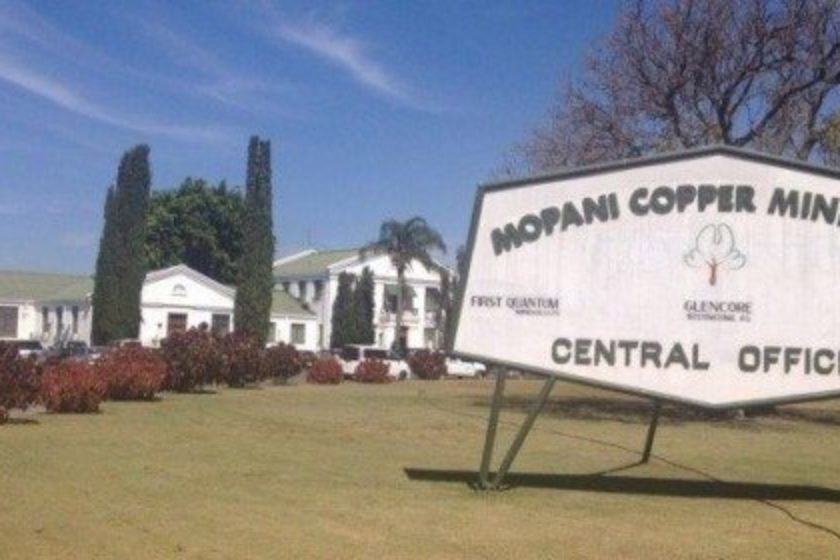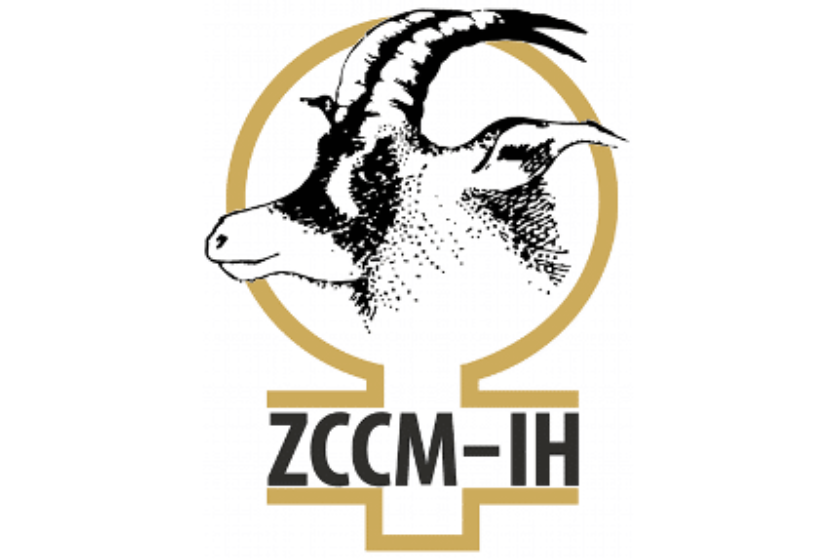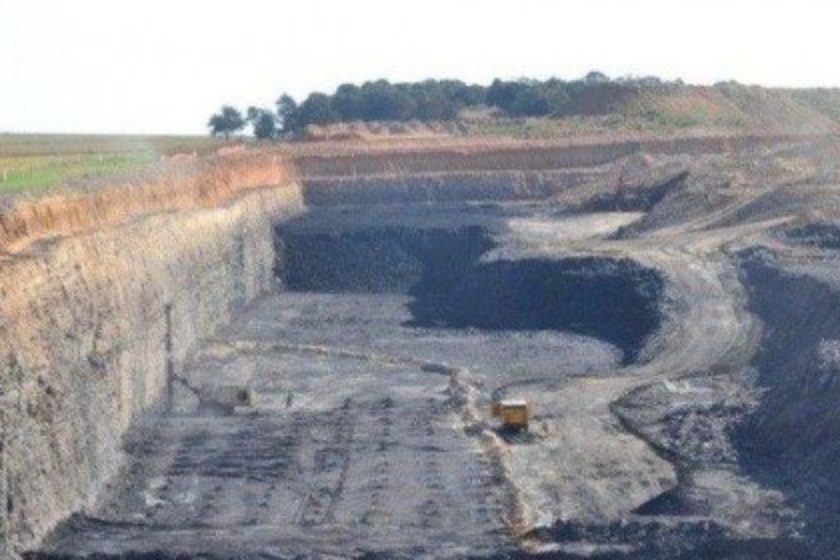Mopani Copper Mines, a unit of global commodity trader and diversified miner, Glencore Xstratra, has injected more than US$15 million in reviving an artisan training school in Mufulira, one of its operational areas following calls by the Government to improve skills training in the country and reduce on the industry relying on expatriates.
Previously, Zambian mines under the then Roan Consolidated Copper Mines (RCM) and Nchanga Consolidated Copper Mines (NCCM)-which together formed Zambia Consolidated Copper Mines (ZCCM), various mining companies had established training skills centres in various towns.
This was meant to encourage Zambians to learn various trades as part of the country’s effort to reduce on labour outsourcing, which saw many Zambians learn the ‘various trades’ and rose to senior ranks.
Among some of the Zambians that rose to senior positions at the time of ZCCM included then Superintendent, Albano Mutati, Pius Mambo and Francis Kaunda, among others as part of the Zambianisation of jobs by then President Kenneth Kaunda ostensibly to encourage the locals to run the mines.
However, with the continued outcry from Government on the need for the industry to maximize on locals to take up senior jobs and reduce on outsourcing, which has seen various Zambians fail to rise to senior positions, Mopani Copper Mines has taken a step ahead in meeting the desires of the Government.
In a statement by the miner, US$15 million (about K90 million) has been ploughed into constructing (reviving) a central training centre in Mufulira, which the company then under RCM had before the unbundling of the ZCCM conglomerate, to mitigate the critical shortage of artisan skills across Zambia’s mining industry.
Mopani Copper Mines chief executive officer, Danny Callow, says the continued growth of the copper mining industry in Zambia has led to a shortage of key technical skills and unavailability of suitably qualified and experienced local artisans. This situation necessitated the establishment of the training centre.
Callow stated that the training centre had been equipped with the world’s best engineering equipment and had so far enrolled over 140 students in its first intake. A total of 200 apprentices would be enrolled by the end of 2014.
Additionally, the Technical, Education, Vocation and Engineering Training Authority (TEVETA) accredited Centre, has come in handy and is offering courses under Mechanical Engineering that include, Fitting and Machining, Plating and welding, Heavy Mining Equipment Diesel Mechanics and Rigger Rope man. In Electrical Engineering, the school will offer courses in Electrical, Auto Electrical and Instrumentation.
The course being offered to the miners, Callow, added would last between two and three years. This was similarly the trend before under ZCCM, in which many Zambians learnt various trades ranging from fitting, electrical, boiler makers, metal fabricators and welders, among others.
It is envisaged, according to the syllabus being offered that the first class of fully trained artisans is expected to graduate in 2016 in which training will be accessible to Zambian school leavers and other local candidates seeking qualifications leading to a career within the mining industry.
According to Callow, the miner would spend a minimum of approximately US$20,000 annually on each apprentice in standard training and other related costs. Other than offering the training for free, Mopani would also provide the students with upkeep allowances, meals and accommodation and recreation facilities.
More than 30 years ago since Zambia’s mining industry became active, leading the country into becoming Africa’s leading copper producer-a feat it has maintained for the past 26 years, Zambia had well-established and funded training institutes that produced highly-qualified artisans and technicians for the mining industry.
Regrettably, the slowdown in copper prices on the international metal market in the 1970s which saw Zambia contribute a paltry 250,000 tons per annum from an average 700,000 tons earlier led to reduced investment in mining and training infrastructure.
Zambia was eventually forced to abandon artisanal training programmes on account that most undergraduates opted to pursue engineering courses at university level, Callow notes in his statement adding that the few remaining artisans could not satisfy the growing industry demand which led to the increased cost of hiring artisans.
During a recent workshop in Kitwe, northern Zambia, Chamber of Mines of Zambia President Emmanuel Mutati, an engineer himself, lamented the low skilled manpower-especially at Artisanal levels a situation he said needed to be reviewed to prop up the industry.
He attributed the decline to the development of the mines in north western Zambia, which has taken most of the skilled laborers to start up new projects in the area, now dubbed “The new Copperbelt” because of its vast mineral resources including gold and uranium.
Source: Mining News Zambia



